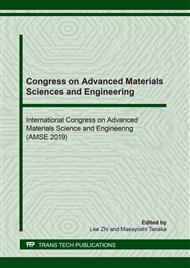p.3
p.9
p.19
p.26
p.33
p.39
p.47
p.52
Printability Analysis of Compostable Films by Flexographic Water Based Ink
Abstract:
This research analyzed the printability of compostable films commercialized in the Thai market such as PLA/PBAT and PBAT/starch; and to comply with EN 13432 standard by using flexographic water based ink. A narrow web flexographic printing press was set up and opperated. Print quality parameters such as optical density, tone reproduction, print contrast and print uniformity were investigated. Results showed that these compostable films were hydrophobic in nature, in combination with fracture and voids of substrates’ surface. Even the substrates could be printed relatively well but showed poor ink adhesion. Surface treatment, therefore, was necessary, but having limitation. Anilox line screen 700 lpi and printing speed at 30 m/min were preferable to achieve the optimum tone reproduction and print contrast. This was based on the image resolution of 133 lpi and corona dosage at 500 watt-min/m2. Images of printed samples from SEM and SPM indicated that the fracture surface and void of films could lead to decrease their printability. It was found that starch blend gave better results as being a filler of the surface roughness of the substrate..
Info:
Periodical:
Pages:
26-32
Citation:
Online since:
May 2020
Authors:
Keywords:
Price:
Сopyright:
© 2020 Trans Tech Publications Ltd. All Rights Reserved
Share:
Citation:


